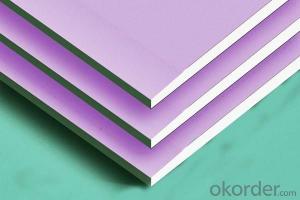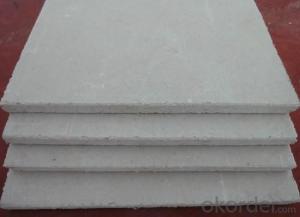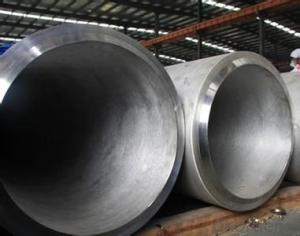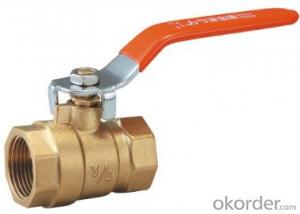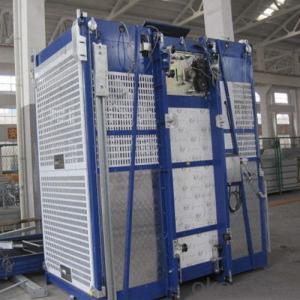The Stainless Steel Rat
The Stainless Steel Rat Related Searches
Best Stainless Steel For Knives Primer For Galvanized Steel H S Code For Stainless Steel Wd 40 For Stainless Steel Spray Paint For Stainless Steel Glue For Stainless Steel Drill Bits For Stainless Steel Spray For Stainless Steel Welder For Stainless Steel Diamond Grinding Wheels For SteelHot Searches
Steel Mesh Panels For Sale Price For Stainless Steel Scrap Scrap Price For Stainless Steel Price For Stainless Steel Stainless Steel Tank For Sale Stainless Steel Sheets For Sale Stainless Steel Tanks For Sale Stainless Steel For Sale Large Led Screens For Sale H4 Led Headlight Bulbs For Sale Used Finger Joint Machine For Sale Aluminum Plate For Sale Near Me Pipe Staging For Sale 6 3 Electrical Wire For Sale Used Power Inverters For Sale Hvac Vacuum Pump For Sale Used Hotel Furniture For Sale Online Used Hotel Furniture For Sale Malaysia Used Hotel Furniture For Sale Singapore Used Hotel Furniture For Sale TorontoThe Stainless Steel Rat Supplier & Manufacturer from China
Okorder.com is a professional The Stainless Steel Rat supplier & manufacturer, offers integrated one-stop services including real-time quoting and online cargo tracking. We are funded by CNBM Group, a Fortune 500 enterprise and the largest The Stainless Steel Rat firm in China.Hot Products
FAQ
- The main difference between 304J6 and 316J6 stainless steel pipes lies in their composition and corrosion resistance. While both alloys contain chromium and nickel, 316J6 stainless steel pipes have a higher percentage of molybdenum, which enhances their resistance to corrosion, specifically in environments with chlorides or other harsh chemicals. This makes 316J6 stainless steel pipes more suitable for applications in marine environments or industries where corrosion resistance is crucial.
- Yes, stainless steel pipes can be used for hydroelectric power plants. Stainless steel is commonly used in hydroelectric power plants due to its excellent corrosion resistance, high strength, and durability. It can withstand the harsh operating conditions, including water pressure, turbulence, and exposure to moisture, making it a suitable material for piping systems in hydroelectric power plants.
- The difference between 304J8 and 316J8 stainless steel pipes lies primarily in their composition and specific properties. 304J8 stainless steel is a widely used grade known for its excellent corrosion resistance, especially against acidic and chloride environments. It contains a higher percentage of chromium (around 18-20%) and nickel (around 8-10.5%), which contribute to its corrosion resistance and durability. This grade is suitable for various applications such as food processing, chemical industries, and architectural structures. On the other hand, 316J8 stainless steel is an upgraded version of 304J8 with additional alloying elements. It contains a higher percentage of chromium (around 16-18%), nickel (around 10-14%), and molybdenum (around 2-3%). The addition of molybdenum enhances its resistance against pitting and crevice corrosion, making it more suitable for marine environments or areas with high chloride exposure. Consequently, 316J8 stainless steel pipes are commonly used in seawater applications, chemical processing plants, and coastal structures. In summary, the key difference between 304J8 and 316J8 stainless steel pipes is the presence of molybdenum in the latter, which provides superior resistance to pitting and chloride corrosion. While both grades offer excellent corrosion resistance, the choice between them depends on the specific environment and application requirements.
- Stainless steel pipes are resistant to corrosion due to their unique composition and protective oxide layer. Stainless steel is primarily composed of iron, chromium, and other alloying elements such as nickel and molybdenum. The high chromium content in stainless steel pipes (typically above 10.5%) forms a thin, invisible, and self-healing oxide layer on the surface of the pipes. This oxide layer, known as the passive layer, acts as a protective barrier that prevents oxygen and moisture from directly interacting with the underlying metal. It is this passive layer that gives stainless steel its corrosion-resistant properties. Even if the surface of the stainless steel pipe is scratched or damaged, the passive layer will reform and continue to protect the pipe from further corrosion. Furthermore, stainless steel pipes may contain additional alloying elements like nickel and molybdenum, which enhance their corrosion resistance. Nickel increases the resistance to both general and localized corrosion, while molybdenum improves resistance to pitting and crevice corrosion. In summary, stainless steel pipes resist corrosion through a combination of their composition and the formation of a protective oxide layer. This makes them highly durable and suitable for various applications where corrosion resistance is essential, such as in the chemical, oil and gas, and food processing industries.
- Advantages and disadvantages of PPR lined stainless steel pipe and PPR aluminium plastic pipe
- PPR lined stainless steel tubeAdvantage:Stainless steel lining pipe, high temperature resistance, can transport hot water, boiling water, steam, and safety and health. The installation of stainless steel tube after the whole bearing pipe resistance, impact resistance, corrosion resistance and other properties to strengthen and enhance the original tube, not only can be used for civilian water and gas, can also be used for fluid transportation industry.shortcomingOnce the processing is not well controlled, it is easy to cause stainless steel and PPR delamination.
- The main difference between double wall and single wall stainless steel pipes lies in their construction and applications. Single wall stainless steel pipes are made up of one layer of stainless steel. They are commonly used in various industrial applications such as plumbing, heating, ventilation, and air conditioning systems. These pipes are known for their durability, corrosion resistance, and high tensile strength. Single wall stainless steel pipes are suitable for transporting fluids and gases at moderate temperatures and pressures. On the other hand, double wall stainless steel pipes consist of an inner and outer layer of stainless steel, with a layer of insulation in between. The insulation layer provides thermal insulation, preventing heat transfer and maintaining the temperature of the fluid or gas inside the pipe. Double wall stainless steel pipes are typically used in applications where temperature control is critical, such as in high-temperature industrial processes or in the transport of hot or cold fluids. Due to their insulation layer, double wall stainless steel pipes have superior energy efficiency compared to single wall pipes. They minimize heat loss or gain, reducing energy consumption and optimizing the efficiency of heating or cooling systems. Additionally, the insulation layer also helps to reduce condensation, which can prevent damage to surrounding equipment or structures. In summary, the main difference between double wall and single wall stainless steel pipes is the presence of an insulation layer in double wall pipes. This insulation layer provides thermal insulation, making them suitable for applications that require temperature control and energy efficiency. Single wall pipes, on the other hand, are commonly used in various industrial applications that do not require insulation or stringent temperature control.
- Yes, stainless steel pipes can be used in the construction industry. They are highly durable, corrosion-resistant, and can withstand extreme temperatures, making them suitable for a wide range of applications such as plumbing, heating, ventilation, and structural support.
- Yes, stainless steel pipes can be used for oil and gas pipelines. Stainless steel is known for its high corrosion resistance, which makes it suitable for transporting oil and gas. It can withstand harsh conditions, including high pressure and temperature, ensuring the safety and efficiency of the pipeline system.

